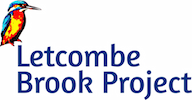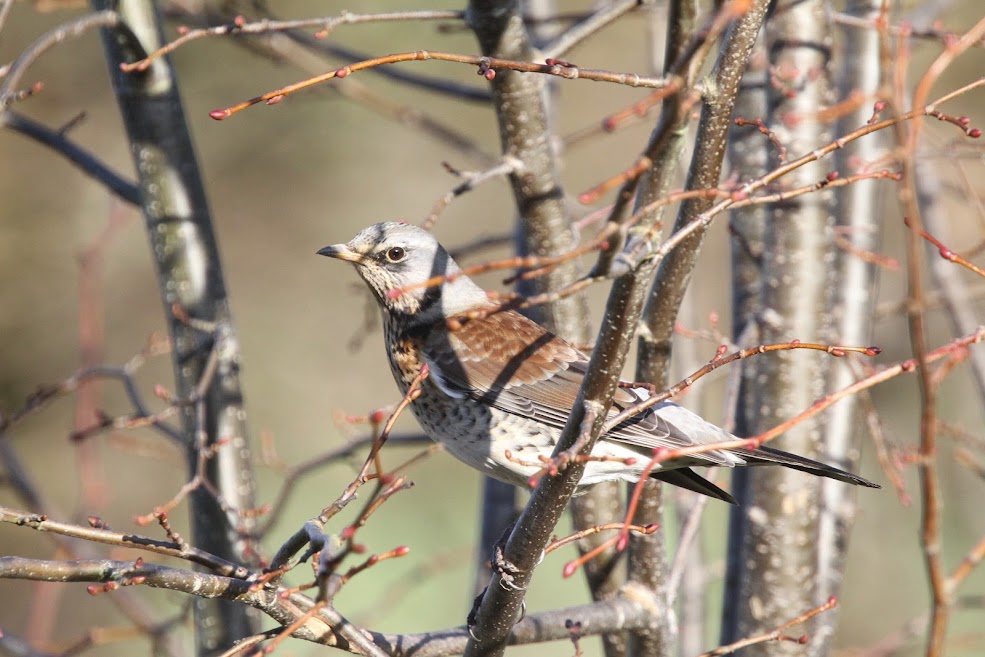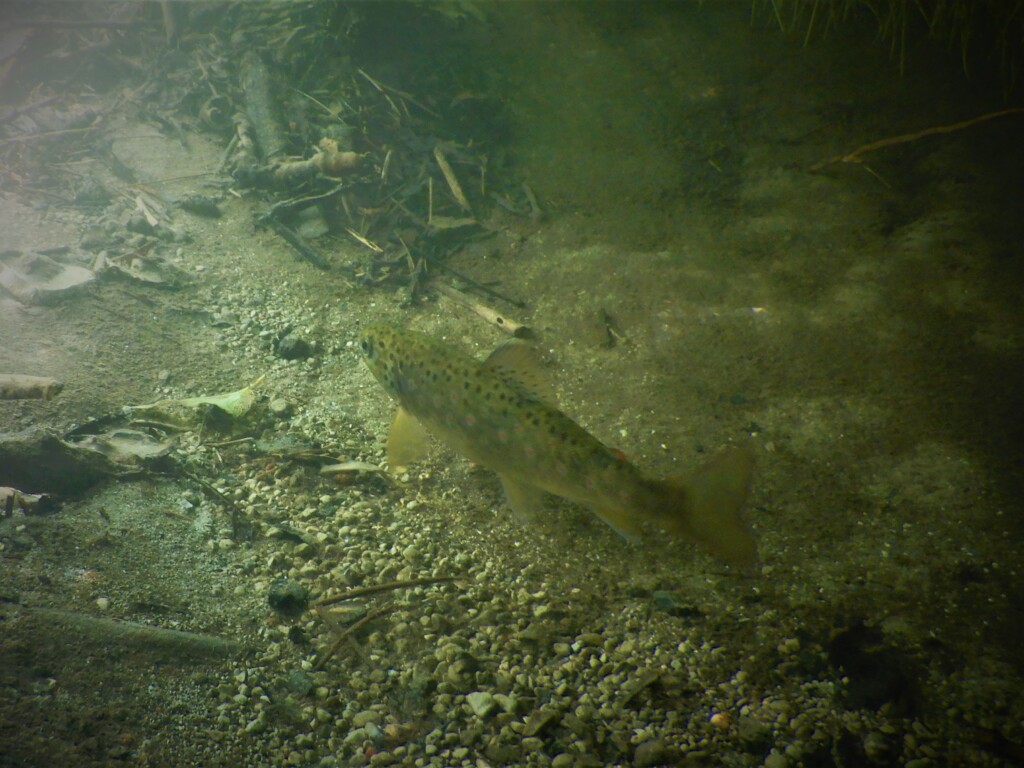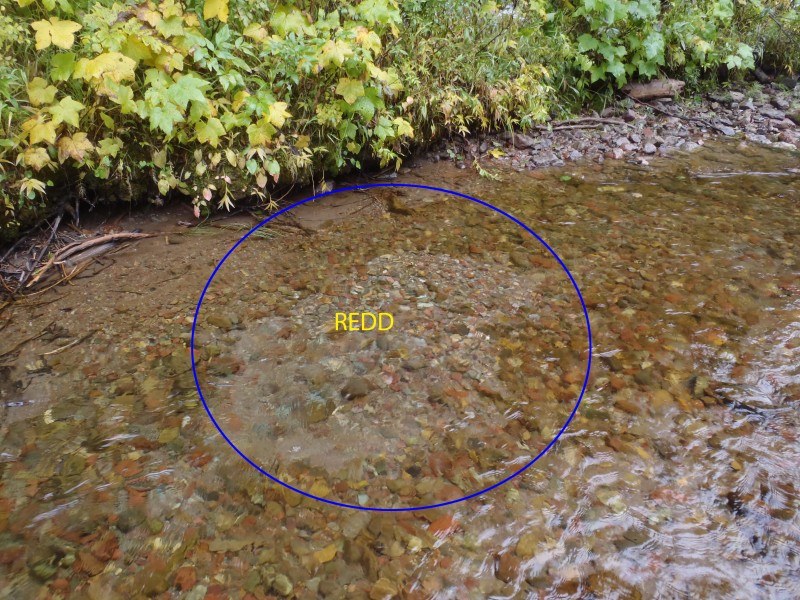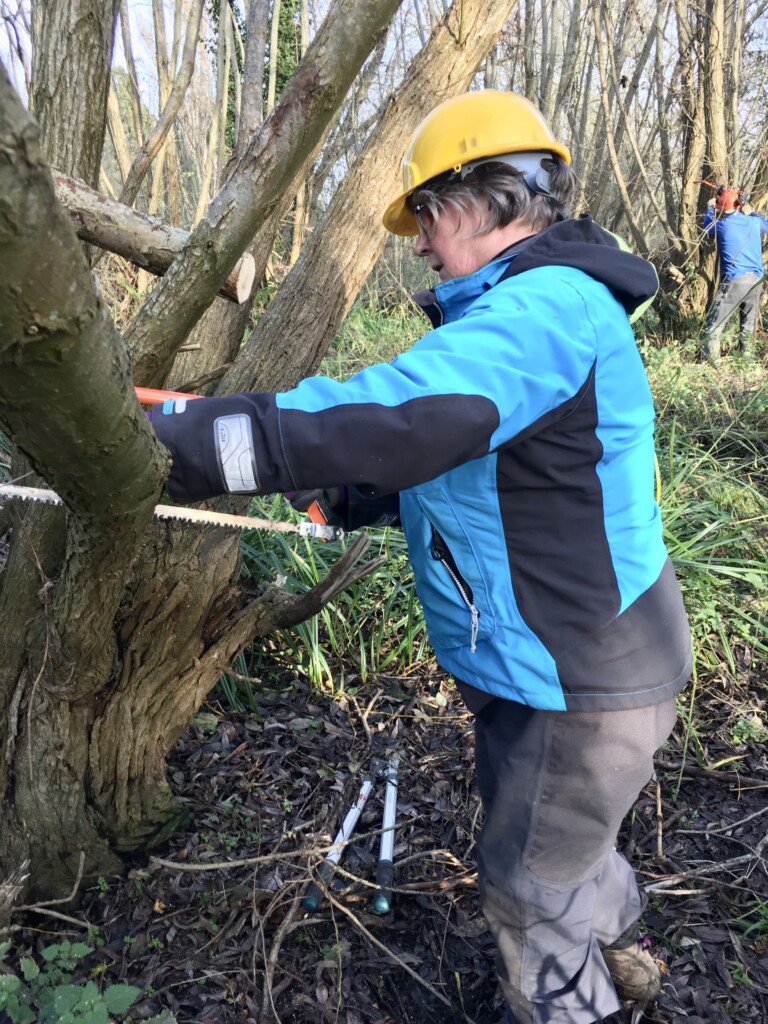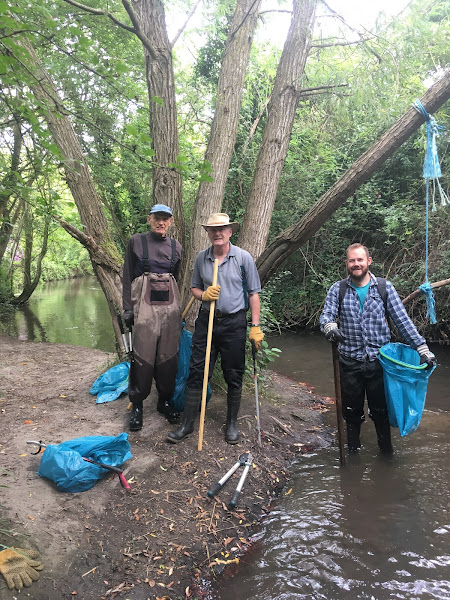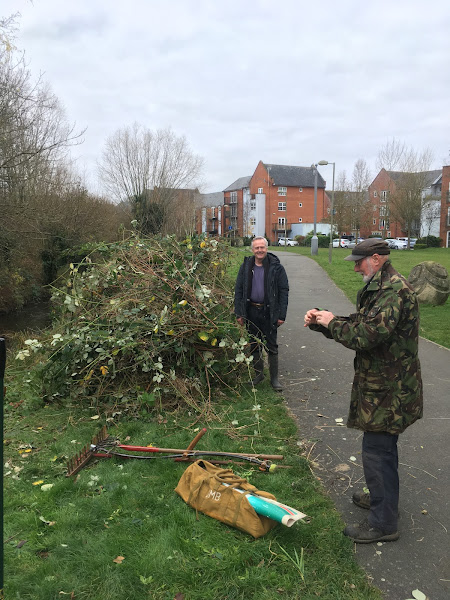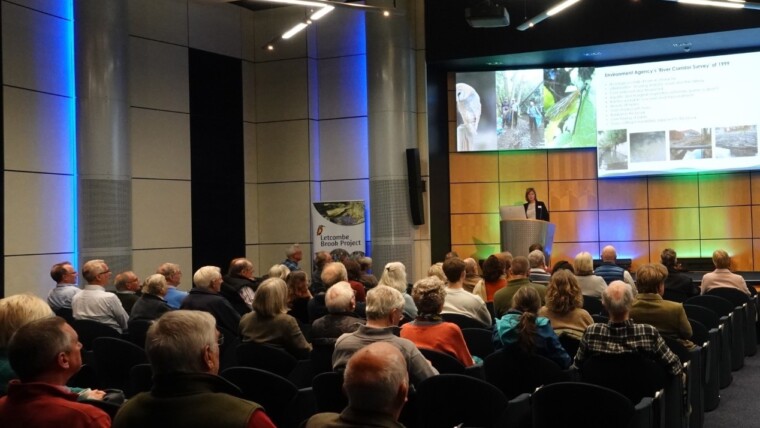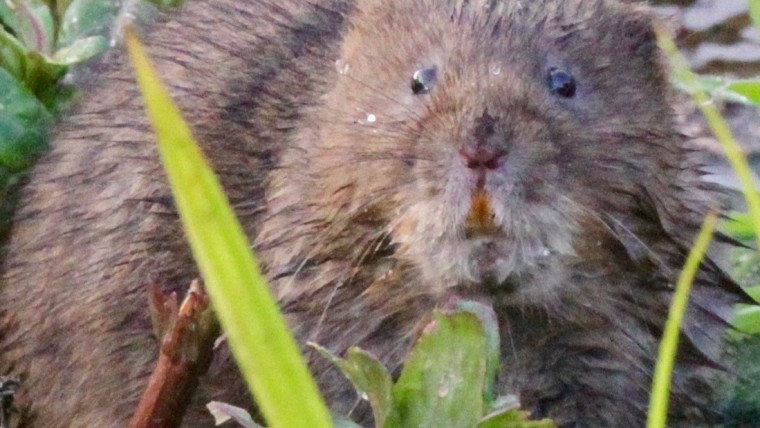Low Flows
We are now well into Autumn but the brook is still incredibly low and I received a report last week that the main spring in Letcombe Bassett stopped flowing last week – that’s the first time its actually stopped since extraction and augmentation stopped in March 2020.
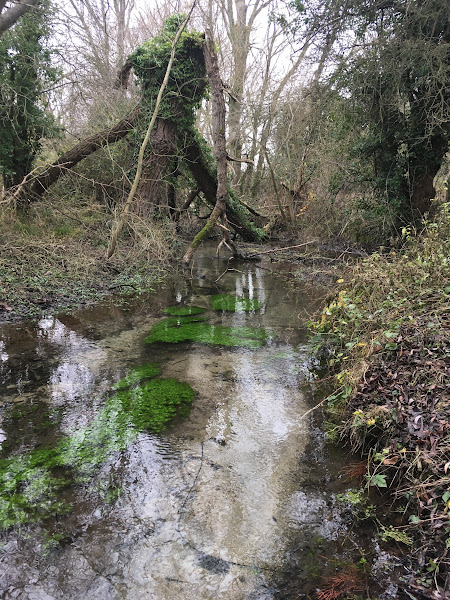
Smith’s Land December 21 
Grove Green October 21 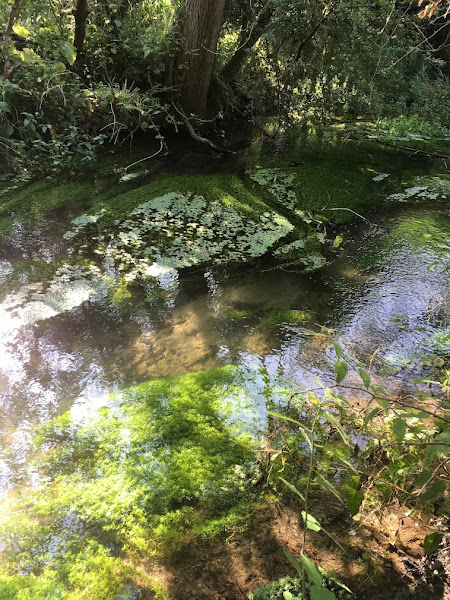
Above the Ham December 21
The brook is fed by the aquifer that sits under the chalk hills on the edge of North Wessex Downs AONB and in a “normal year” (do we have those anymore?) the aquifer becomes depleted over a dry summer and water levels in the brook decrease. There is always a bit of a lag between the start of the rainy season in Autumn and river flows starting to increase as the first rains are taken up by the dry soil and its only once the soils moisture content is saturated that much rain percolated down to start topping up the aquifer. We had some rain in October but November has been pretty dry so the river levels remain low at the time of writing.
Wildlife to look out for in Autumn/Winter
One benefit of little rainfall is that the river is incredibly clear and when I walked the section of brook between Mill Street and Smiths Wharf this week I spotted several brown trout of various sizes. Its spawning time for trout at the moment so they tend to head to areas with well oxygenated gravels where the females “dig” a depression in the riverbed called a redd into which she will deposit her eggs and then cover them over. Sometimes you can spot these redds as they show up as a bright patch of gravel where fresh material has been exposed – do let me know if you think you have spotted one, I am keen to record areas which the trout use for spawning. As the Letcombe brook is not stocked, all the fish are wild and we rely on good spawning success and recruitment of young to sustain the population which is never plentiful in a small brook. Please do remember there is no fishing on the Letcombe Brook and at this time of year it’s the closed season (31st October until 1st March) for brown trout everywhere so that they can spawn in peace!
Its also a good time to look out for some of our wintering visiting birds and I was lucky enough to spot a woodcock flying along the brook corridor just south of Wantage a couple of weeks ago. Floodwaters can form rich feeding grounds and the brook margins sometimes attract waders such as green sandpiper and snipe. Golden plover and lapwing can also be seen on the surrounding farmland or flying overhead in tight flocks. Listen out for redwing and fieldfare in the bankside trees and hedges too – they will be after all the berries which don’t last long when they arrive en-masse. Groups of long-tailed tits often give their presence away with their repeated contact calls, listen out for them working their way along the riverside trees. Who knows if we will end up getting another visit from the lone Great Bustard which spent most of last winter close to the brook in Letcombe Regis!
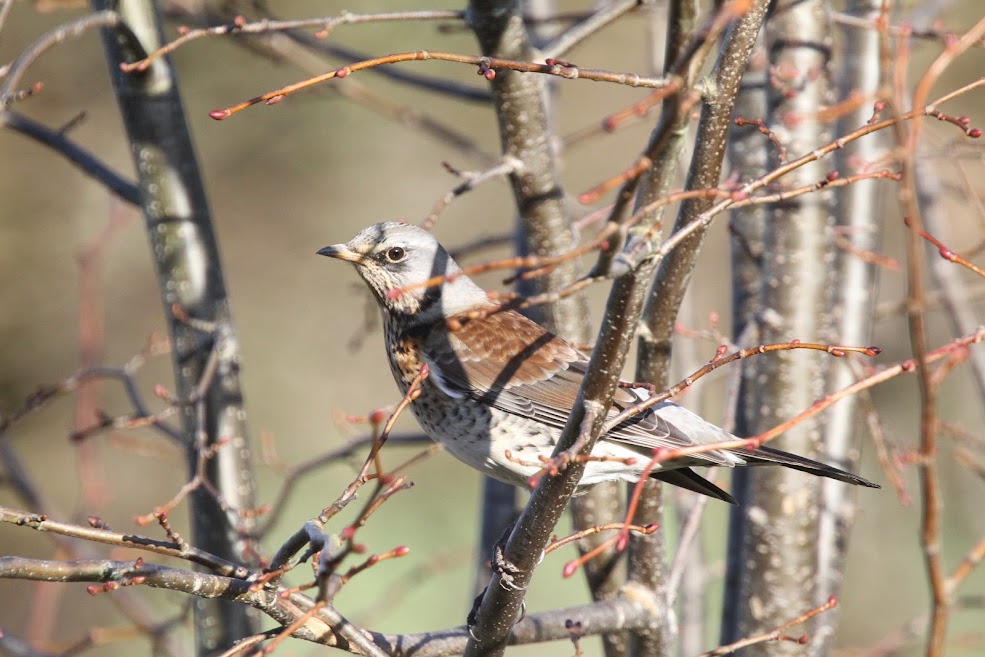
Fieldfare in garden 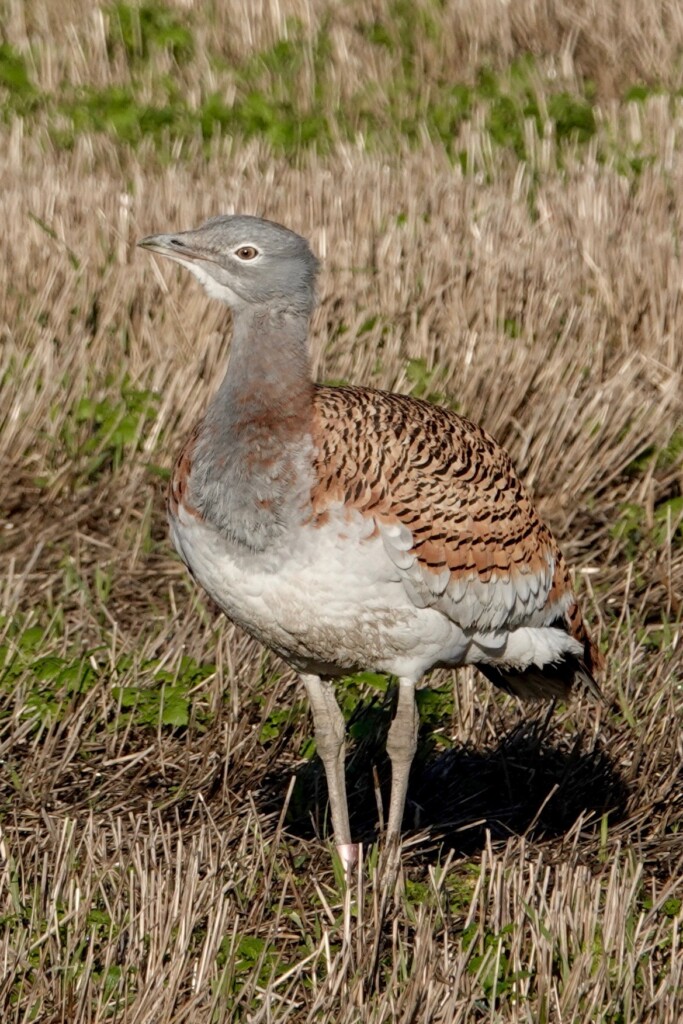
Great bustard 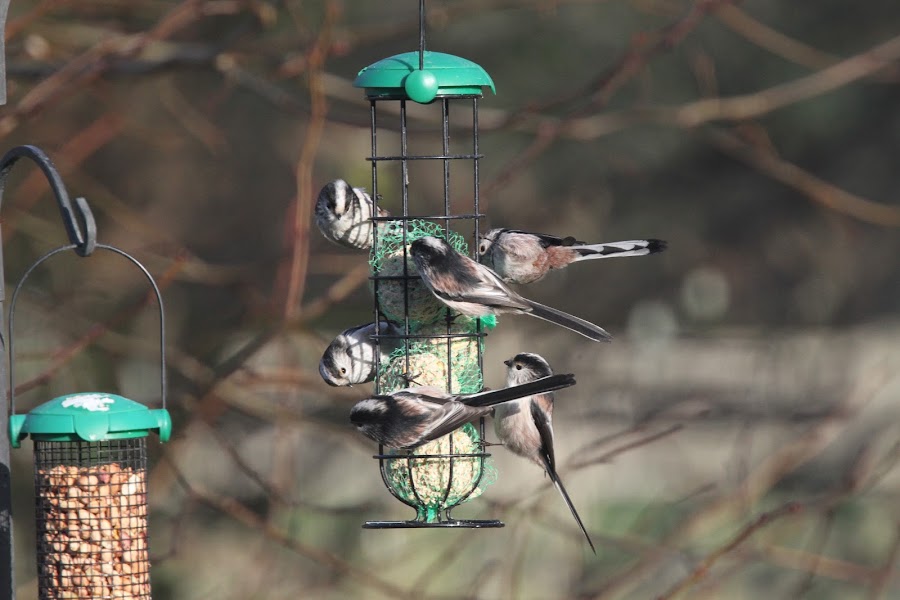
Long tailed tits
Flooding – it’s a matter of when, not if!
Despite the very low water levels at present, things can soon change and flood risk is always worth bearing in mind. There is no doubt in my mind that “climate chaos” is upon us and other areas of the Country have already experienced very extreme rainfall events that resulted in flooding. Such sudden heavy downpours can result in serious flooding – especially in urban areas where hard impermeable surfaces and road drains just funnel the water straight into rivers. This can also happen in rural areas where soil has been compacted by intensive farming practices and is acerbated by steep slopes and bare soils.
Unfortunately it is only a matter of when, not if, the Letcombe brook breaks its banks and causes flooding in our local communities. Its always worth having a flood plan and advice can be obtained from the EA here https://www.gov.uk/prepare-for-flooding/future-flooding Devices can be fitted to doors, airbricks etc and products can be found here http://bluepages.org.uk/protecting-my-property/ I can only imagine how distressing it must be to be flooded. LBP and Hanney Flood Group work hard to try and reduce flood risk in this area but there is only so much that can be done. Unfortunately, Letcombe Brook is disconnected from its floodplain and the river has been heavily modified in the past with varies bridges, mills and modified banks preventing it from functioning naturally. Many homes have been built very close to its banks and sometimes in areas that would in the past have stored floodwaters. There is only so much water the actual river channel can contain so at times of very heavy rain flooding is inevitable. With climate change, flood risk is expected to increase and I believe we are already seeing signs of that. Better to be prepared than think we can somehow command the waters to turn back! If you are not sure if you are in a flood risk area, EA flood maps can be found here https://check-long-term-flood-risk.service.gov.uk/postcode It would also be worth taking a leaf out of East Hanney’s book and forming some local flood groups. The Hanney Flood Group set a great example and have built up a significant amount of equipment and expertise in both managing the river to reduce flood risk and helping their community deal with any flooding that does occur. I would be more than happy to help a group form so please contact LBP on letcombebrook@hotmail.com if you are interested.
LBP Project Work
LBP continue to work with our wonderful team of community volunteers to improve the brook for both people and wildlife. We will be carrying out further pollarding of bankside willows and clearing brambles and nettles from some sections of the brook’s banks. We have seen great results in the areas we have worked on with specialist wetland plants recovering both instream and along the margins once they receive a bity of light and a chance to grow unencumbered by the brambles. Fully aquatic species such as starwort and ranunculus provide cover and food for many species of fish and invertebrate and also help regulate the flow to some degree. Marginal species such as sedges, rushes, watercress and brooklime provide cover and food for water vole and wetland birds as well as additional cover for small fish and insects. We don’t remove all the bramble as its so good for wildlife, and we make habitat piles with the cuttings to provide further habitat. We have also carried out tree and hedge planting in a couple of locations which is a great way of supporting local biodiversity, locking up carbon and helping water to penetrate the ground thus reducing flood risk. We would be keen to do more if there are any landowners out there that might be interested in a joint project?
Other LBP projects continue to tackle invasive species, improve fish passage and provide educational field trips to local schools.
